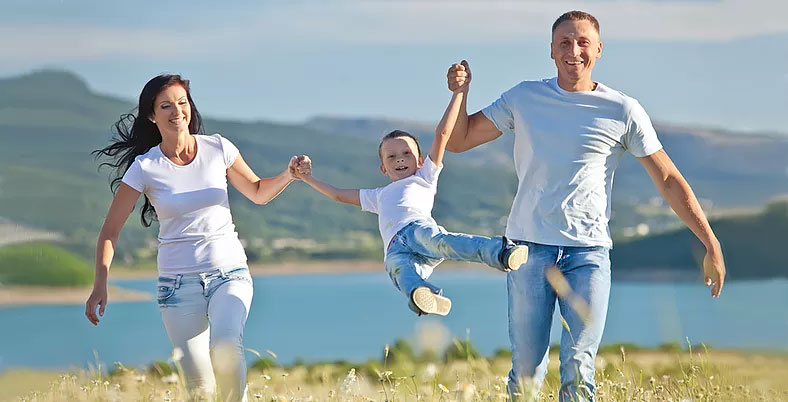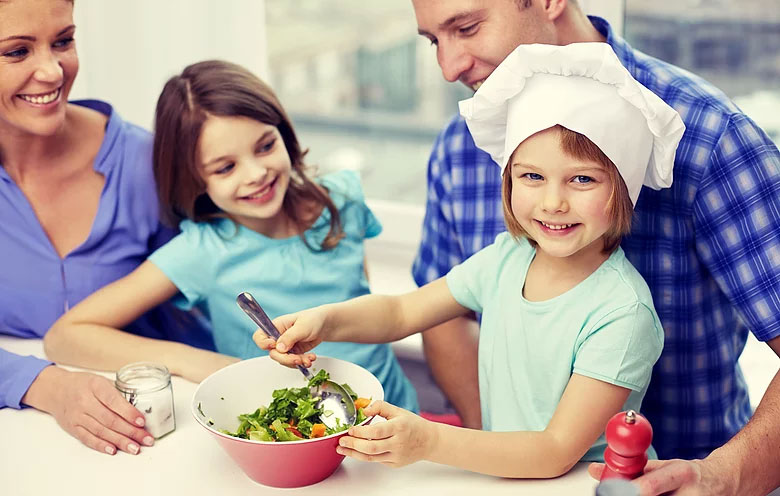
by Maurizio Vespa | Oct 25, 2018 | Family
If we were to reflect on our parenting behaviour when our children were babies and totally dependent on us, we may notice that an enormous amount of time is devoted to comforting, nurturing, feeding and talking to them. While our children are dependent on us, they get a great deal of attention, stimulation and nurturing.
Studies in human brain development show, that a baby’s brain, develops in tandem with adults. Our emotional connectedness with our children actually assists their brain development. However, as our children get older and become more independent for some of their basic needs, the intensity of the one on one time to teach children can drop off.
It is possible for parents to become complacent and heavily dependent on other social groups and networks to impart important skills and knowledge. Place greater responsibilities on school communities for example to take up the role of responsible adult role modelling and social learning.
In reality, as our children get older, approach and experience adolescence they need more quality time, wisdom and the explicit sharing of a parents knowledge of their child’s strengths and qualities.
The time of growing up for our children should be a time of ongoing educational relationship between the child and parent. As a parent, it is my role to seek special moments when we can sit and talk about important issues impacting on the life of my child. Together we can talk about how these issues could be managed and solved. Whilst, in conversation with my child, we talk about the choices we can make and which would be most appropriate for the situation. These conversations help us to teach and guide our children about how to make choices and to choose what is right. It is a wonderful way of building self-esteem and resiliency and it helps to build a trusting an honest parent and child relationship.


by Maurizio Vespa | Mar 25, 2018 | Family
When my family gets together with our friends, it is quite common for us to talk about our children and in particular to talk about how a child’s behaviour changes when we are out shopping, visiting friends or in unfamiliar surroundings.
There are numerous reasons why a child’s behaviour changes. Unfamiliar surroundings and people can trigger change, or it could be the drive for fun and excitement, that may arise for the child. Plus, let’s not leave out the possibility that maybe the rules at home are different in this new setting. It could be a combination of these and others.
The first thing I learnt quickly as a parent, was when taking your children anyway, it is important to talk with your child about where we were going. The next step, was to explain that we couldn’t touch things. Part of this explanation was to say that it is not our home or our things. Once your child begins to talk and they can express themselves even with a few words, this is a great time to talk with them about what is nice and not nice. Children have an amazing ability to understand early concepts, especially if we deliver these messages with the appropriate tonality.
Another useful tip is, to make sure before you go out, that your child is well fed, has a change of clothes and ask your child to bring along one favourite toy. We would always let our child choose one or two favourite toys. Being well fed before you go out and having a toy, helps the parent to avoid the cravings for food and a new toy.
It is just as helpful to let the child know that there are different rules at other peoples home or when they go out, so the time we take to explain, the easier it is on our children and for ourselves. If your child does play up do not hesitate to cut your visit short so that the child knows that our behaviour has an effect. Once back in your normal setting it is a wonderful time to talk about the experience and to explain what we do next time.
The more time and thought we place into our planning and preparation the easier it can be. These new experiences help us to teach our children about visible and invisible boundaries.



Recent Comments